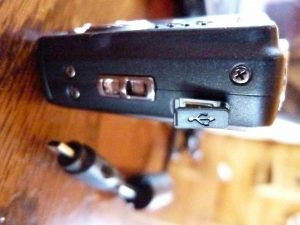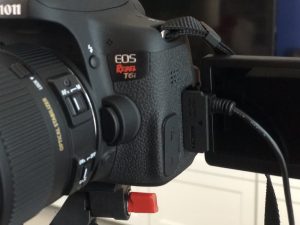If you’ve been using your newly purchased camera for quite a while, the memory may be full and the need for additional space may arise. Therefore, to create more space for your camera memory card you need to know how to connect a camera to a computer.
When you connect a camera to a computer, it will enable your save or copy all the pictures and videos on the camera to your computer. And once you have a copy saved on your laptop, you can then conveniently erase the files on the cameras memory card.
Unfortunately, not everyone knows the process on how to connect a camera to a computer to save their files. Most times people often take out the full memory card and insert a new one. But why waste money on buying a new memory card when you can easily transfer the files to a computer and continue using the same memory card.
Here, we’ll show you how to properly connect a camera to a computer and save your photos. Simply follow the steps given below and you’ll have no problem at all.



